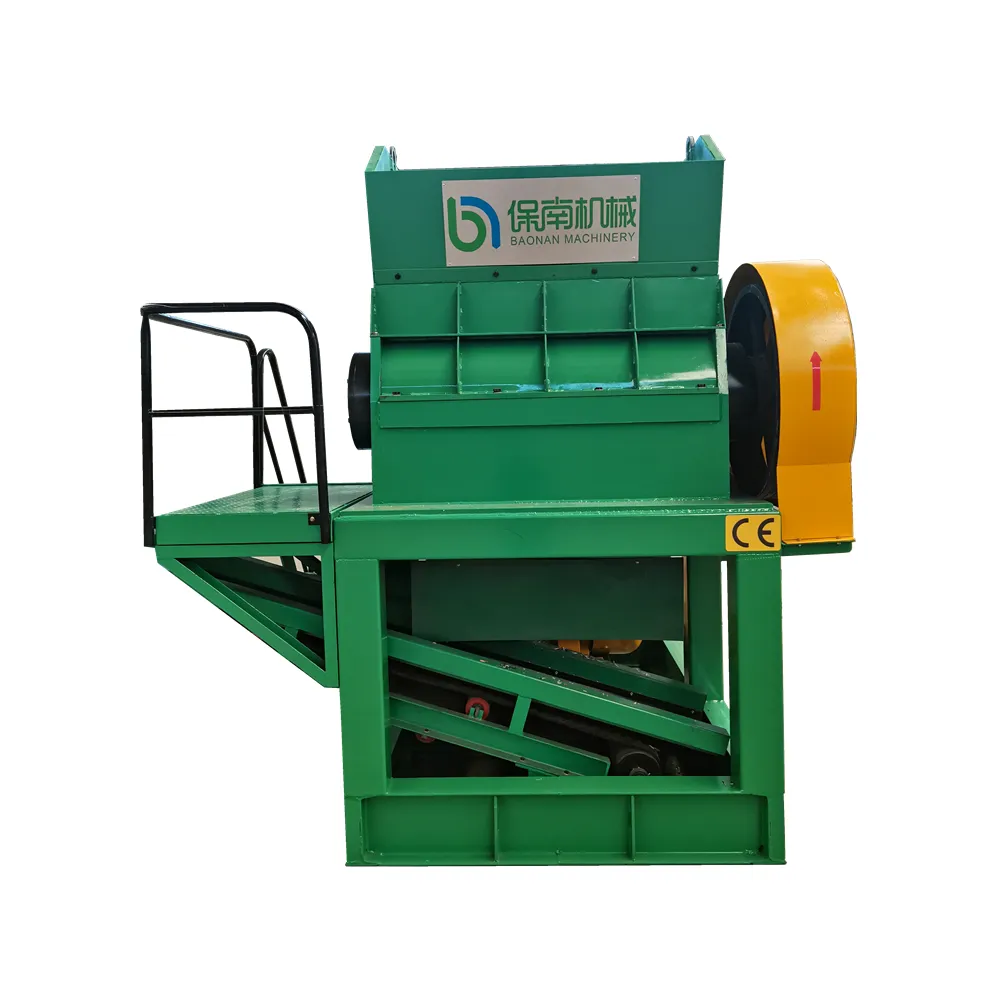Iron shredder machines, integral components in modern recycling and waste management, have revolutionized the process of metal waste disposal and resource recovery. As an experienced user of these industrial marvels, I can attest to their efficiency, reliability, and the financial and environmental benefits they bring to the table.

My journey with iron shredding began several years ago when I was responsible for managing the metal waste of a medium-sized manufacturing facility. The introduction of an iron shredder machine not only streamlined our operations but also opened doors to lucrative recycling opportunities.
From an expertise standpoint, these machines are engineered to handle various sizes and types of metal waste, from large car bodies to the finest metal shavings. The core of their efficiency lies in robust cutting chambers designed to withstand relentless workloads. They employ sharp blades made from high-grade steel that ensure consistent performance, even under significant duress.

Authoritative studies conducted by environmental agencies highlight the significant contribution of iron shredder machines in reducing landfill use. They enable the separation and recovery of metals with high precision, minimizing waste and maximizing recovery rates. Many modern models come with advanced sorting technology, including powerful magnets and sensors, which further ease the segregation process post-shredding. This not only contributes to environmental conservation but also significantly cuts down manufacturing costs by providing recycled metal ready for reuse.
The trustworthiness of iron shredder machines is well-documented. Most manufacturers offer extensive warranties and support services that underline their confidence in product durability and customer satisfaction. Regular maintenance and periodic blade replacements are generally the only requirements to keep these machines running efficiently. Many users report machines operating optimally for decades with minimal downtime, attesting to their reliable performance and robust construction.
iron shredder machine
Iron shredder machines also exemplify a perfect blend of innovation and traditional mechanical prowess. The newer models are equipped with automated controls and digital displays that offer real-time data monitoring. This feature not only ensures operational safety but also enhances productivity by allowing operators to make informed decisions promptly. Furthermore, the integration of noise-dampening technology has made them less disruptive in industrial settings, significantly boosting workplace conditions.
From a product perspective, it is crucial to consider the specific needs of your operation when selecting an iron shredder machine. Factors such as throughput volume, types of metal processed, and available facility space should guide your choice of machine size and power. Experienced professionals often recommend initial consultancy with manufacturers to tailor machine features that best fit your operational requirements, ensuring a seamless integration into your workflow.
The economic aspect of adopting an iron shredder cannot be overstated. Companies can substantially reduce waste disposal costs and create a new revenue stream by selling shredded metal to recycling firms. This dual benefit often leads businesses to experience a quick return on investment. Additionally, enhancing your company's green credentials through sustainable waste management practices has become an important value proposition in today’s ecologically-conscious market.
In summary, adopting an iron shredder machine in industrial or manufacturing operations represents a sound investment both in terms of financial return and environmental responsibility. These machines not only facilitate efficient waste management but also position companies as leaders in corporate sustainability. Engaging with these machines translates to direct experience in cutting-edge waste management practices, underscoring their indispensability in modern industrial processes.


